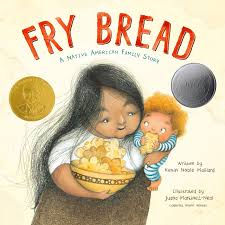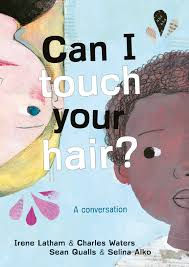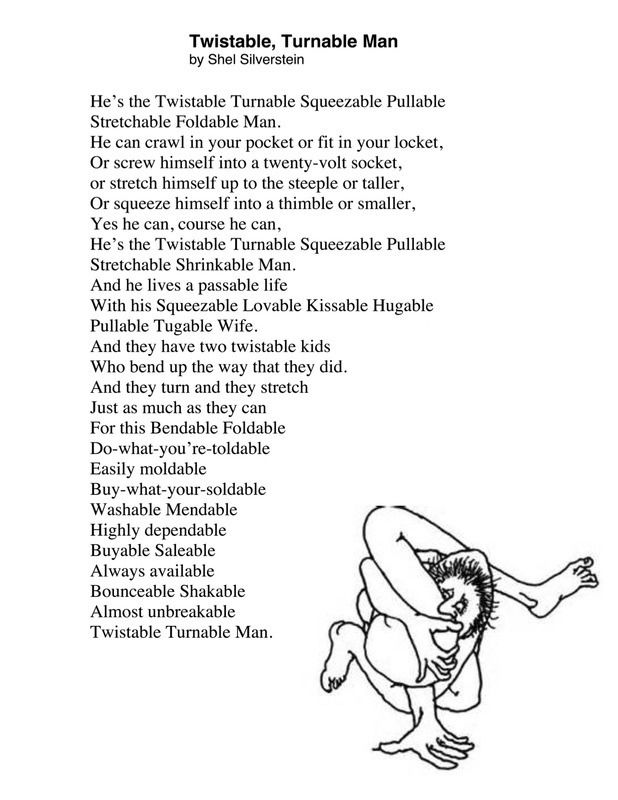Module 8 - Counter Narratives
- Jana Yount
- Nov 10, 2020
- 2 min read

Fry Bread: A Native American Family Story
Written by Kevin Noble Maillard
Illustrated by Juana Martinez-Neal
Fry Bread is food,
Fry Bread is shape,
Fry Bread is sound,
Fry Bread is color,
Fry Bread is flavor,
Fry Bread is time,
Fry Bread is art,
Fry Bread is history,
Fry Bread is place,
Fry Bread is nation,
Fry Bread is everything,
Fry Bread is us,
Fry Bread is you.
This book uses fry bread as a means to communicate the embrasive nature of the Native American community and culture in the face of differences and oppression. This book is unlike any I have ever read before. In so few words, the author wrote such a profound story of inclusion. I love the author's note at the back of the book and the background given on each of the identities of fry bread. The author himself connects to each of these identities in a different way, just as he hopes his readers do. I am currently coming up on teaching a unit on poetry, so that comes to mind as I read this book. This could be a good text to share with my class to encourage meaningful writing. Words that could mean different things in different interpretation. What a powerful way to embrace words and language.

Can I Touch Your Hair?
Poems of Race, Mistakes, and Friendship
Irene Latham & Charles Waters
Sean Qualls & Selina Alko
Can I Touch Your Hair? offers a differing perspective from Fry Bread. This book of poems is uniquely structured so the reader reads from the point of view of both Irene and Charles. In the story, each set of pages offer the two kids different perspective of like situations. Some situations include new clothes, church, a day at the beach, and watching news on the TV.
My first thought reading this book was that it was actually written by real children by the names Irene and Charles. While it is written by Irene and Charles, they are adults, who wrote from their perspective as school-aged children in the 1980's. The structure of this book, in its back and forth pattern, encourages readers to go out in the world and have their own conversations about race. One of my most favorite parts of this book is that it not only had an extensive authors' note, but an illustrators' note! The illustrators say that upon first reading the manuscript, they loved the dialogue between an African American boy and a Caucasian girl... just like them. They immediately saw themselves in the characters' situations and thoughts and knew they could work to build illustrations to support the dialogue between the two.




Comments